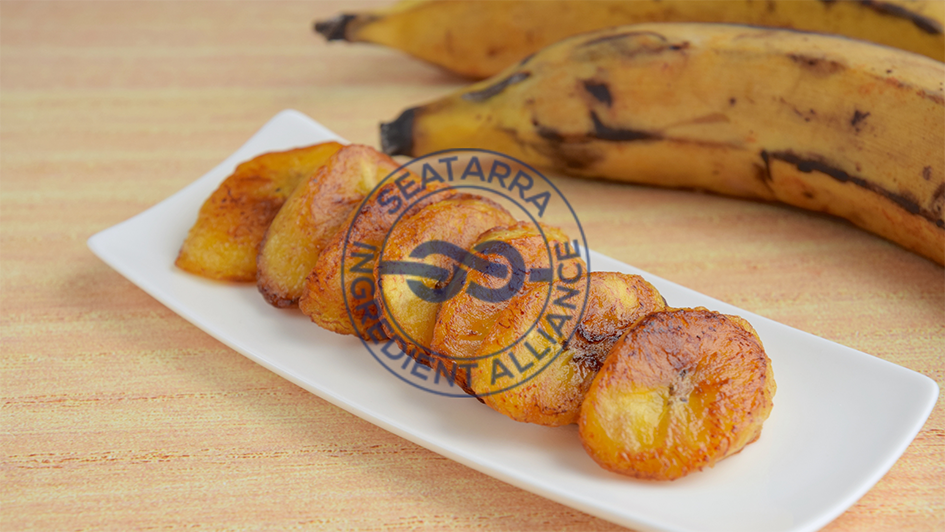
Nature’s Pharmacy: Uncovering the Medicinal Magic of Wild Plants
In the vast, verdant expanses of the wild, where nature dictates the laws of growth and survival, a rich tapestry of plant life thrives. These wild plants, untamed and unaltered, harbor a wealth of medicinal properties that have been the cornerstone of traditional medicine systems across the globe. Today, as modern research endeavors to decode the secrets of these botanical treasures, we stand on the cusp of a new era in health care—one that harnesses the medicinal magic of wild plants to offer natural, effective remedies for a wide array of conditions.
The Wild Guardians of Health
Dandelion (Taraxacum officinale): The Resilient Detoxifier
Far from being mere weeds, dandelions are detoxification champions. Every part of this plant is infused with nutrients and medicinal compounds that support liver health, aid digestion, and act as a powerful diuretic, promoting the body’s natural detoxification processes without depleting essential minerals.
St. John’s Wort (Hypericum perforatum): The Natural Antidepressant
St. John’s Wort, with its cheerful yellow flowers, has emerged as a beacon of hope for those battling depression. Its active ingredients, notably hypericin, engage with the brain’s chemical messengers, offering relief from depression and anxiety with fewer side effects than conventional antidepressants.
Willow Bark (Salix alba): The Ancient Analgesic
The bark of the willow tree, nature’s aspirin, has soothed human ailments for millennia. Rich in salicin, which the body converts into salicylic acid, willow bark offers anti-inflammatory and pain-relieving properties, making it a natural choice for headaches, arthritis, and reducing fevers.
Echinacea (Echinacea spp.): The Immune Enhancer
Echinacea’s reputation as an immune system booster is well-deserved. Utilized to ward off colds and flu, this plant enhances the body’s immune response, demonstrating significant effects in reducing the severity and duration of symptoms, while also offering wound healing benefits due to its antimicrobial properties.
Elderberry (Sambucus nigra): The Viral Shield
Elderberry has soared in popularity for its antiviral properties, particularly against flu viruses. Its rich anthocyanins strengthen the immune response and diminish inflammation, making elderberry preparations a go-to remedy for cold and flu prevention and recovery.
Plantain (Plantago major): The Soothing Healer
The humble plantain leaf, often overlooked, is a potent healer, especially for the skin. It soothes insect bites, cuts, and rashes, promotes wound healing, and alleviates inflammation thanks to its antibacterial and anti-inflammatory properties.
Yarrow (Achillea millefolium): The Hemostatic Hero
Yarrow’s ability to staunch bleeding and heal wounds is legendary. It also possesses antimicrobial properties that prevent infection, making it invaluable in first aid. Beyond its wound-healing prowess, yarrow is used to reduce fever and improve digestive health.
Embracing the Wild: Integrating Medicinal Plants into Holistic Health Practices
The journey towards integrating these wild plants into our wellness routines invites us to embrace a more holistic view of health, one that recognizes the power of natural remedies to complement modern medicine. Whether through teas, tinctures, supplements, or topical applications, incorporating these plants into daily life can enhance our well-being, connecting us more deeply to the rhythms of the natural world.
Sustainable Harvesting and Ethical Foraging
As interest in wild medicinal plants grows, so does the importance of sustainable harvesting practices. Ethical foraging—taking only what is needed and leaving no trace—ensures that these plant populations thrive for generations to come, preserving the balance of their native ecosystems.
The Scientific Validation of Traditional Wisdom
The medicinal use of wild plants, while rooted in tradition, is increasingly supported by scientific research. This merging of ancient knowledge with modern science offers a powerful validation of nature’s pharmacy, paving the way for these plants to be more widely recognized and integrated into conventional health care paradigms.
Conclusion: A Return to Nature’s Embrace
The exploration of the medicinal magic of wild plants renews our appreciation for the natural world and its profound capacity to heal. As we uncover the secrets of these botanical wonders, we find not only remedies for our physical ailments but also a deeper sense of connection with the earth that sustains us. This journey into nature’s pharmacy is a reminder of the timeless wisdom encoded in the wild, inviting us to forge a path to wellness that is grounded in the knowledge of the past and enriched by the discoveries of the present.
In embracing the healing power of wild plants, we tap into a wellspring of health and vitality that has nourished humanity through the ages, reaffirming our bond with the natural world and its endless capacity for renewal and healing.



